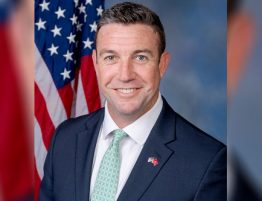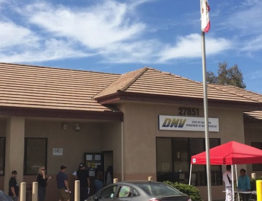
Stagecoach robberies are quite literally an American past time. Ironically as the face of stagecoaches across the nation, Wells Fargo has unerringly done a great deal to preserve that tradition and is once more being reprimanded for admittedly stealing millions of dollars in bank account fees over the course of almost 15 years from loyal customers.
Beginning in 2002, employees of Wells Fargo bank began opening accounts, debit cards and purchasing banking products for customers without their knowledge or consent, in order to “meet unrealistic sales goals” issued by the company. As a result, what followed these actions included forging signatures, altering customers’ contact information, and moving money from existing accounts to avoid detection.
But perhaps the most heinous feature of this illegal involvement was that bank managers knew it was happening and allowed the behavior to sustain until 2016.
“This case illustrates a complete failure of leadership at multiple levels within the Bank,” Nick Hanna, a U.S. attorney for the Central District of Columbia states. “Simply put, Wells Fargo traded its hard-earned reputation for short-term profits, and harmed untold numbers of customers along the way.”
Plagued by scandals following the new millenium, indeed wavering leadership seems to be a recent trend in the more recent years for multi-billion dollar bank Wells Fargo.
A handful of years ago in 2016, the bank’s CEO John Stumpf stepped down in the aftermath of these fraudulent events. Just under 3 years later, new CEO Timothy Sloan again resigned due to the $1 billion fine placed on Wells Fargo as punishment for overcharging customers on mortgage interest rate-lock extensions and running a mandatory insurance program that affixed insurance costs and fees into certain borrowers’ auto loans.
Current CEO Charlie Sharf had these words of atonement to say about the settlement,
“The conduct at the core of today’s settlements — and the past culture that gave rise to it — are reprehensible and whole inconsistent with the values on which Wells Fargo was built…We are committing all necessary resources to ensure that nothing like this happens again.”
Astonishingly, none of the $3 billion settlement will return to customers who were affected by the company’s negligence.
This is reportedly due to the settlement penalty that was incurred in order to “remediate harmed consumers” during Wells Fargo’s mortgage/auto insurance incident of 2018. Instead the majority of the money will make its way to the U.S. Treasury, and $500 million of the settlement will be administered to the Securities and Exchange Commision to compensate investors.
Wells Fargo managed to circumvent criminal charges by the Justice Department as well, so long as it meets certain defined criteria for the next three years.
With their current track record as it is, it’s not difficult to be skeptical about a comeback for Wells Fargo. Despite this, Nick Hanna expressed hope for the company,
“We are hopeful that this $3 billion penalty, along with the personnel and structural changes at the Bank, will ensure that such conduct will not reoccur.”










Write a comment: